Fertilizers are essential for ensuring that soil remains fertile and supports healthy plant growth. While solid fertilizers like granular or powdered types are commonly used, liquid fertilizers have gained significant popularity due to their quick absorption and ability to be customized for specific plant needs. One of the key aspects of liquid fertilizer formulation is adjusting it according to the type of soil. Different soil types—such as sandy, clay, loamy, or acidic—require different nutrient profiles to maximize crop yield and health.
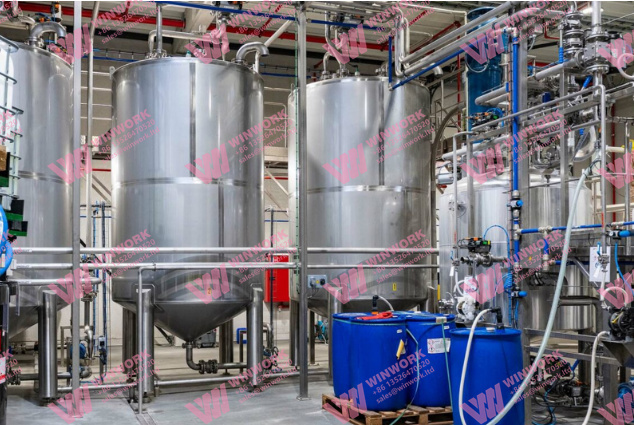
A liquid fertilizer formula consists of essential plant nutrients that are dissolved in water, making it easy for plants to absorb the nutrients directly through their roots or leaves. Liquid fertilizers can be produced in various nutrient compositions, depending on the requirements of the plants and the soil.
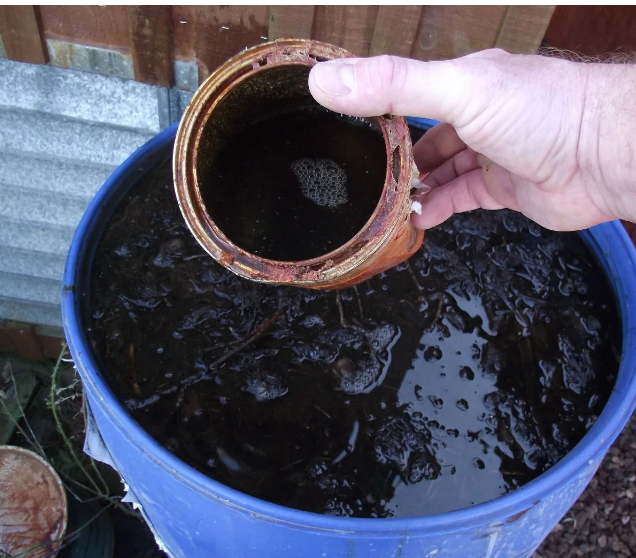
The most common nutrients included in a liquid fertilizer formula are:
- Nitrogen (N): Promotes leaf and stem growth.
- Phosphorus (P): Supports root development and flowering.
- Potassium (K): Enhances overall plant health, drought resistance, and disease resistance.
- Micronutrients: Includes elements such as zinc, boron, copper, iron, and manganese that are needed in trace amounts but are vital for plant growth.
The formula can be customized to address the specific needs of the soil and crops being grown, ensuring balanced nutrition for healthy plant growth.
Tailoring Liquid Fertilizer for Different Soil Types
Different soil types have varying properties, which influence the nutrient availability to plants. The right liquid fertilizer formula must take these characteristics into account. Below are some guidelines for adjusting liquid fertilizer formulations based on common soil types:
a. Sandy Soil
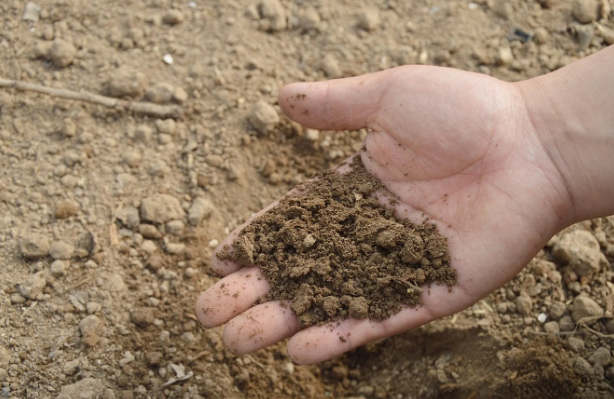
Sandy soils are known for their excellent drainage and quick water movement, but they tend to lack the ability to retain nutrients, which can lead to rapid nutrient leaching. Plants in sandy soils often require more frequent fertilizer applications.
- Recommended Nutrient Profile:
- Higher Nitrogen (N): Promotes vigorous growth, as sandy soils often lack nitrogen due to leaching.
- Balanced Potassium (K): Ensures strong plant health and helps plants manage water stress.
- Lower Phosphorus (P): Sandy soils typically have adequate phosphorus levels.
- Micronutrients: Apply in small quantities to prevent deficiencies.
- Formula Example:
- 20% Nitrogen (N)
- 10% Phosphorus (P)
- 15% Potassium (K)
- 2% Micronutrients
b. Clay Soil
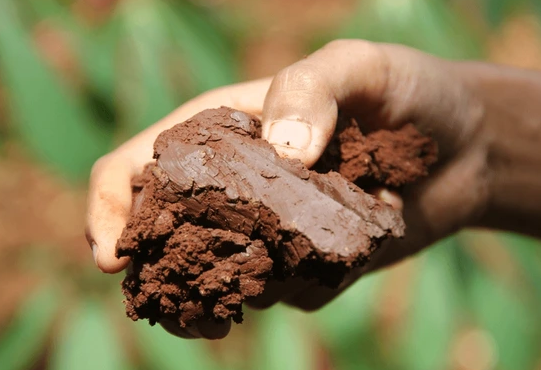
Clay soil has fine particles that compact easily, leading to poor drainage. While it retains nutrients well, it often results in nutrient lock-up, making it difficult for plants to access the nutrients. This means that the fertilizer formula needs to be adjusted for slow nutrient release.
- Recommended Nutrient Profile:
- Moderate Nitrogen (N): Prevent excessive growth that can lead to poor aeration.
- Higher Phosphorus (P): Promotes root growth and flower development, which may be inhibited in clay soils.
- Balanced Potassium (K): Aids in promoting plant health and resistance to diseases.
- Micronutrients: Ensure the presence of sufficient micronutrients for plant function.
- Formula Example:
- 15% Nitrogen (N)
- 20% Phosphorus (P)
- 10% Potassium (K)
- 2% Micronutrients
c. Loamy Soil
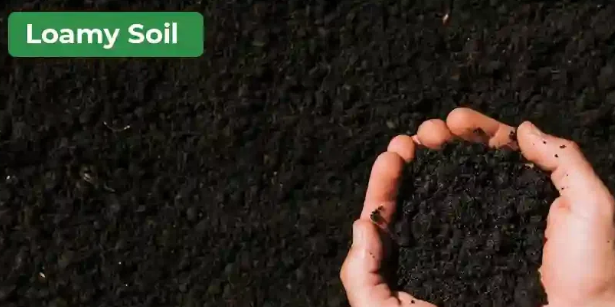
Loam is considered the ideal soil for most crops because it has a balanced mixture of sand, silt, and clay, providing good drainage and nutrient retention. Loamy soil typically requires fewer adjustments, as it is nutrient-rich.
- Recommended Nutrient Profile:
- Balanced Nitrogen (N): Standard levels of nitrogen will suffice for maintaining healthy growth.
- Balanced Phosphorus (P): Helps with root and flowering development.
- Balanced Potassium (K): Ensures healthy plants.
- Micronutrients: While loamy soil is rich in micronutrients, occasional supplementation may be needed.
- Formula Example:
- 15% Nitrogen (N)
- 15% Phosphorus (P)
- 15% Potassium (K)
- 2% Micronutrients
d. Acidic Soil
Acidic soils (low pH) can hinder nutrient availability, especially for essential nutrients like calcium and magnesium. Plants grown in acidic soils often struggle with nutrient absorption, leading to stunted growth.
- Recommended Nutrient Profile:
- Balanced Nitrogen (N): Needed for overall plant growth.
- Higher Phosphorus (P): Phosphorus availability is often reduced in acidic soils, so an adequate supply is necessary.
- Calcium and Magnesium: These nutrients help to neutralize acidity and improve nutrient uptake.
- Micronutrients: Ensure sufficient levels of micronutrients such as iron and zinc, which are crucial for plant health.
- Formula Example:
- 15% Nitrogen (N)
- 20% Phosphorus (P)
- 10% Potassium (K)
- 5% Calcium (Ca)
- 3% Magnesium (Mg)
- 2% Micronutrients
e. Alkaline Soil
Alkaline soils (high pH) can cause nutrient deficiencies, particularly for phosphorus, iron, and manganese. These nutrients become less available as the soil pH rises. Liquid fertilizer formula need to provide these nutrients in a form that is more easily absorbed by plants.
- Recommended Nutrient Profile:
- Moderate Nitrogen (N): Standard nitrogen levels for plant growth.
- Balanced Phosphorus (P): Essential for plants, as phosphorus tends to be fixed in alkaline soils.
- Iron and Micronutrients: Use chelated forms of micronutrients like iron to ensure availability in alkaline conditions.
- Balanced Potassium (K): Supports overall plant growth and resistance to disease.
- Formula Example:
- 15% Nitrogen (N)
- 10% Phosphorus (P)
- 15% Potassium (K)
- 5% Iron (Fe) (Chelated)
- 2% Micronutrients
Factors to Consider When Tailoring a Liquid Fertilizer Formula
When customizing a liquid fertilizer formula, several factors need to be considered to ensure the fertilizer is effective for a specific soil type and crop requirement:
- Soil pH: Different pH levels can impact nutrient availability and plant uptake. Ensure that the liquid fertilizer is balanced for soil pH.
- Soil Nutrient Levels: Perform soil tests to understand the nutrient deficiencies or excesses in the soil. This helps in creating a balanced fertilizer formula.
- Crop Type: Different crops have unique nutrient needs. Tailor the formula to meet the specific requirements of the crops being grown.
Conclusion
The liquid fertilizer formula is an essential tool for optimizing plant growth, and tailoring it for different types of soil ensures that plants receive the nutrients they need for healthy development. By understanding the characteristics of various soil types and adjusting the nutrient composition accordingly, farmers can achieve better yields and healthier crops. Whether dealing with sandy, clay, loamy, acidic, or alkaline soil, customizing liquid fertilizers ensures efficient nutrient absorption and sustainable farming practices.
Regular soil testing and understanding the specific needs of crops are key to making the right adjustments to your liquid fertilizer formula.



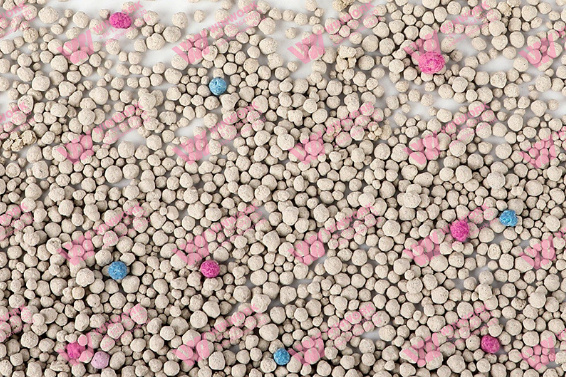
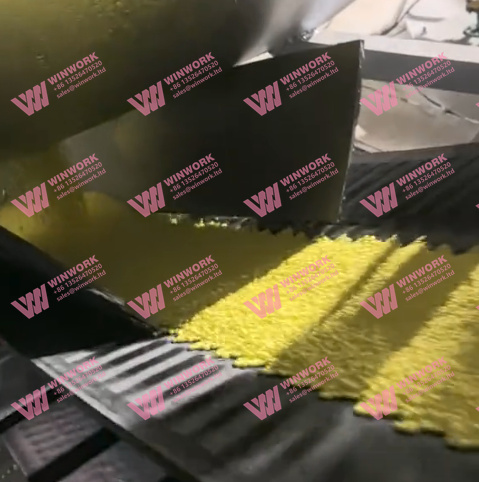
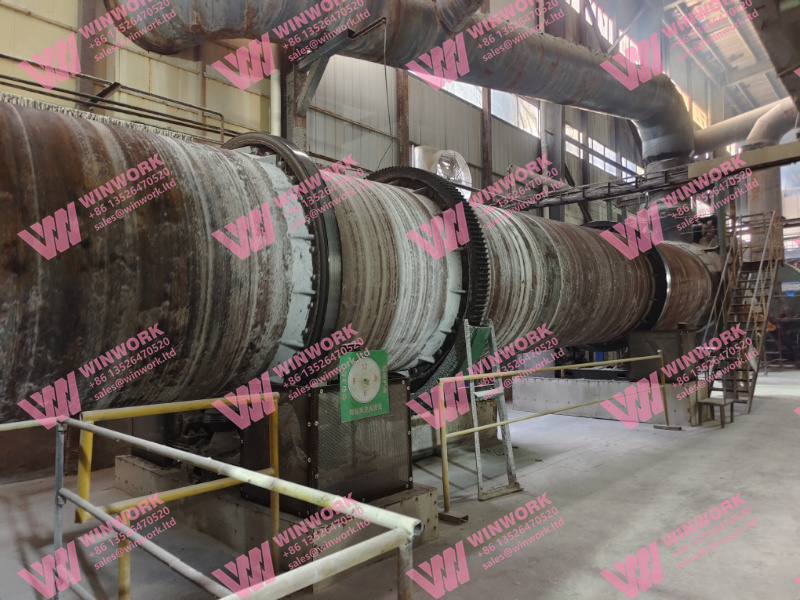
Get A Quote